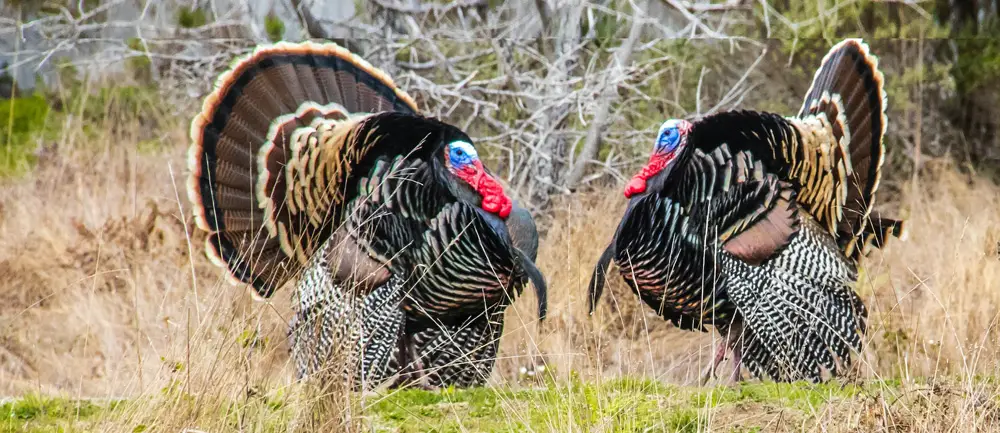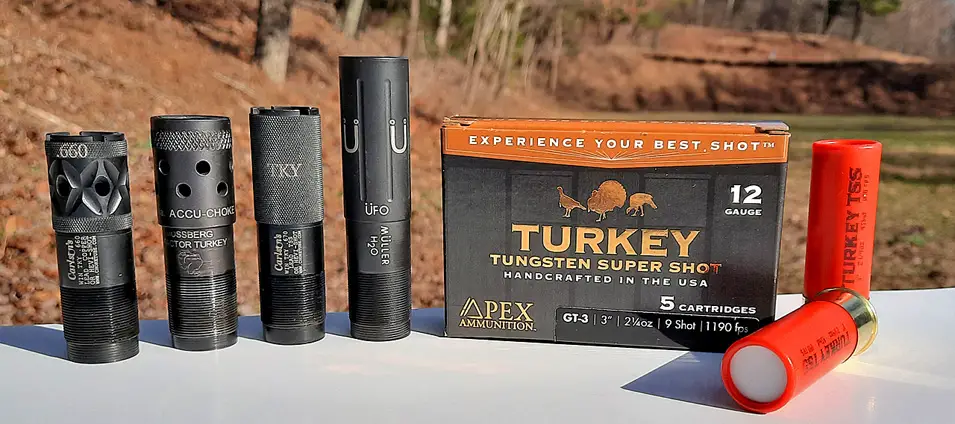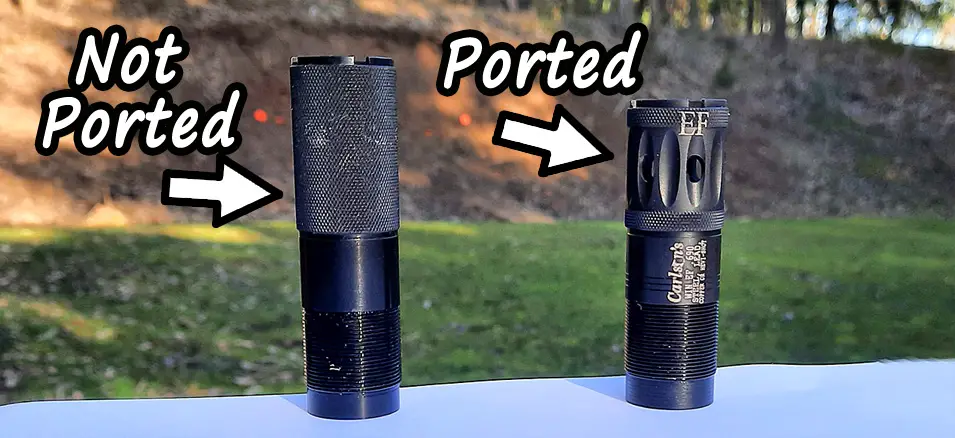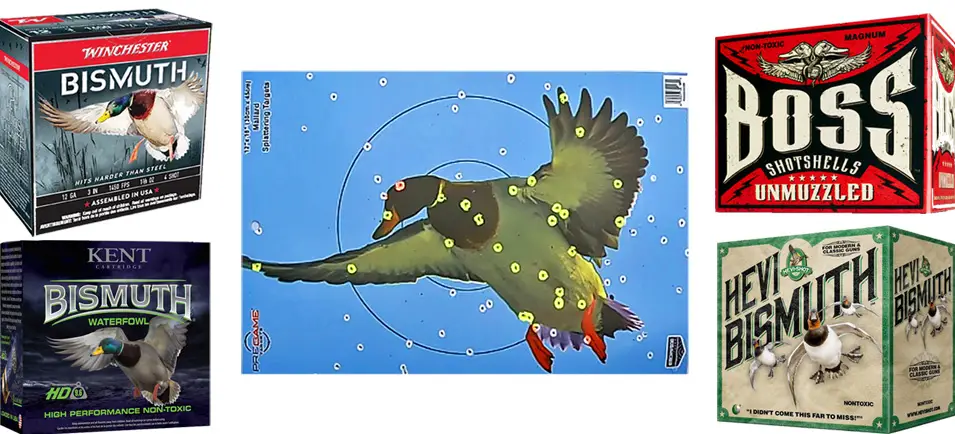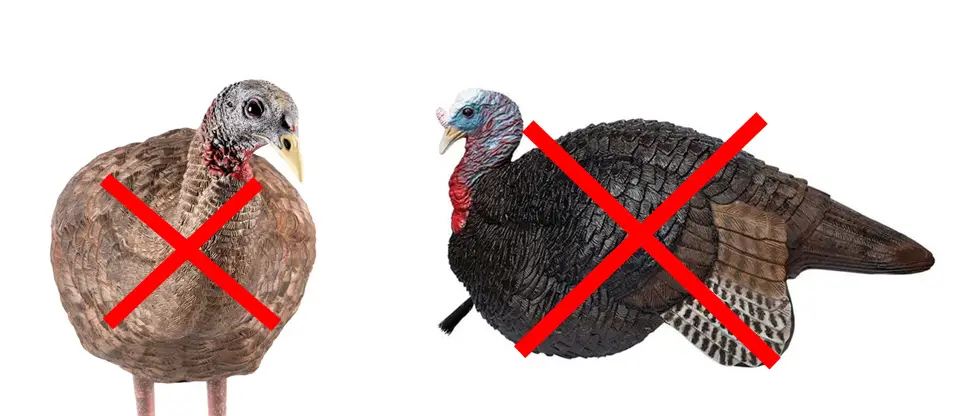Not every turkey hunter needs the same gear, in fact two hunters in the same town could need very different gear depending on their individual hunting style. On this episode I talk through some of the specifics of different turkey hunting styles, the type of gear that best supports each and how you can build a set of gear for cheap.
There are numerous factors that can affect what kind of gear works best with different hunting’s styles. Some of the most popular way to hunt turkeys include:
- Hunting one spot all day – This is similar to deer hunting and could be done in conjunction with calling or just as ambush hunting. The biggest gear challenge is keeping warm, quiet, and comfortable for long stealthy sits.
- Running and gunning – A favored style because hunters are on the move, covering ground, trying to strike up a conversation with a lonely gobbler. Here you need gear that is light weight, keeps you dry, and lets you walk long distances unhindered.
- Moving and sitting – This is the toughest gear challenge because you need to stay warm sitting for long periods of time and need a high degree of mobility without overheating. People often struggle with this type of gear because you tend to wear too much or too little.
Keep in mind you do not need super expensive gear to be comfortable and effective, you just need gear that is designed to help you do whatever style of hunting you prefer. The right gear matters more than gear that is expensive.
Listen to the podcast episode to hear how to optimize your turkey hunting gear.

